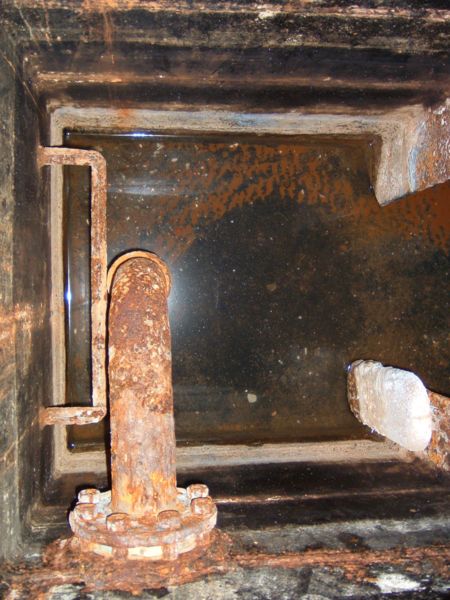Based on peer reviewed papers and internal strain characterization, Aster Bio's R&D worked on developing a bilge microbial consortia that would be convenient and cost-effective for all vessels. The resulting formulation contains a blend of non-pathogenic, non-GMO Rhodococcus sp. and Pseudomonas sp. that are active hydrocarbon degrading microbes that can thrive in the low oxygen and nutrient conditions of conventional bilge tanks. To enhance activity, we added a micronutrient and biosurfactants produced during fermentation to give the microbes a boost. The highly concentrated dry product increases the biological activity to needed levels with a dose of 25 - 40 grams per cubic meter of bilge tank volume. Higher doses are used in vessels with more hydrocarbon releases, usually older vessels. Once dosed, the bilge tank cultures will reproduce and maintain activity until bilge contents are released.
Bilge water treatment in smaller boats & ships using biological cultures to remove hydrocarbons8/29/2017
The bilge water in boats and ships collects in sumps during normal operations. The water collects contamination from various sources including engine lubricants, fuel, and detergents. When it comes time to discharge the bilge water, hydrocarbons should be removed to levels <15 mg/L by International Maritime Organization regulations. Smaller boats less than 400 tons are not covered under the IMO regulations. However local regulations exist on bilge discharges to prevent pollutants entering sensitive waters such as bays and estuaries. While large ships often have advanced treatment for oil water separation, smaller vessels do not have the space or budget for such advanced treatment. This led me to think about how bacteria could be used to treat bilge tanks. With mixing and aeration provided by boat movement, hydrocarbon degrading bacteria can develop in the bilge tank. These microbes need to be able to degrade hydrocarbons present under a wide range of salinities and lower oxygen conditions. Research has found hydrocarbon degrading organisms in bilge water, but not in sufficient concentrations to significantly remove criteria pollutants.
Based on peer reviewed papers and internal strain characterization, Aster Bio's R&D worked on developing a bilge microbial consortia that would be convenient and cost-effective for all vessels. The resulting formulation contains a blend of non-pathogenic, non-GMO Rhodococcus sp. and Pseudomonas sp. that are active hydrocarbon degrading microbes that can thrive in the low oxygen and nutrient conditions of conventional bilge tanks. To enhance activity, we added a micronutrient and biosurfactants produced during fermentation to give the microbes a boost. The highly concentrated dry product increases the biological activity to needed levels with a dose of 25 - 40 grams per cubic meter of bilge tank volume. Higher doses are used in vessels with more hydrocarbon releases, usually older vessels. Once dosed, the bilge tank cultures will reproduce and maintain activity until bilge contents are released. Comments are closed.
|
AuthorErik Rumbaugh has been involved in biological waste treatment for over 20 years. He has worked with industrial and municipal wastewater facilities to ensure optimal performance of their treatment systems. He is a founder of Aster Bio (www.asterbio.com) specializing in biological waste treatment. Click to set custom HTML
Archives
April 2024
|


 RSS Feed
RSS Feed